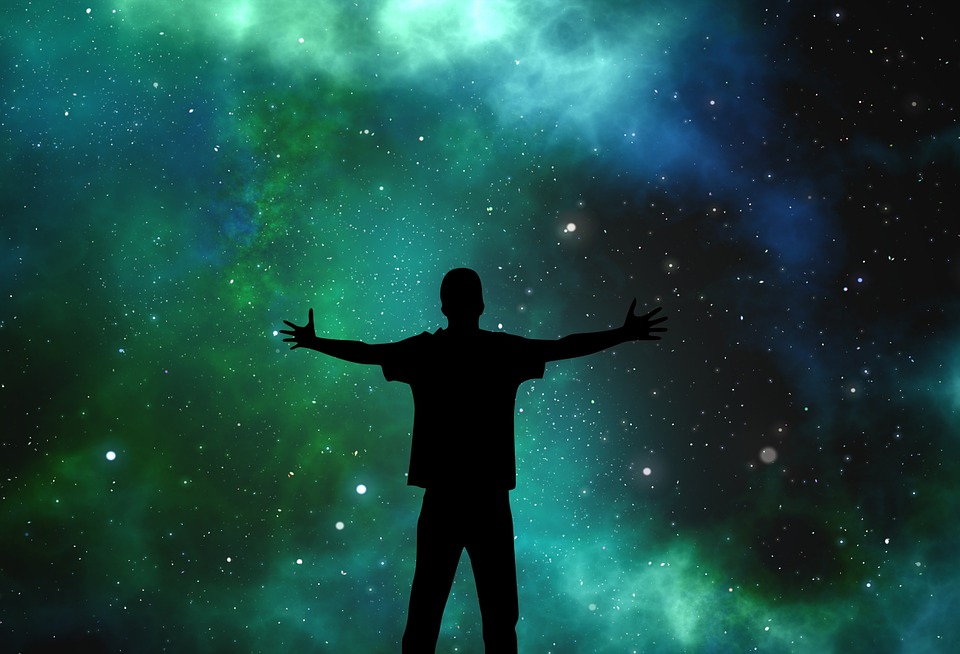metals
-

The Milky Way Demystified
Alright, people…time to finish off our exploration of the Milky Way Galaxy, our home in the cosmos! For the past nine weeks, we’ve covered everything from how our galaxy was “discovered” to how it may have formed. But there’s so…
-

The Composition of the Milky Way
What is our home galaxy made up of? In the broadest sense, it’s made up of stars, clouds of dust and gas, and the mysterious dark matter. We could also get a little more detailed. We could say that it…
